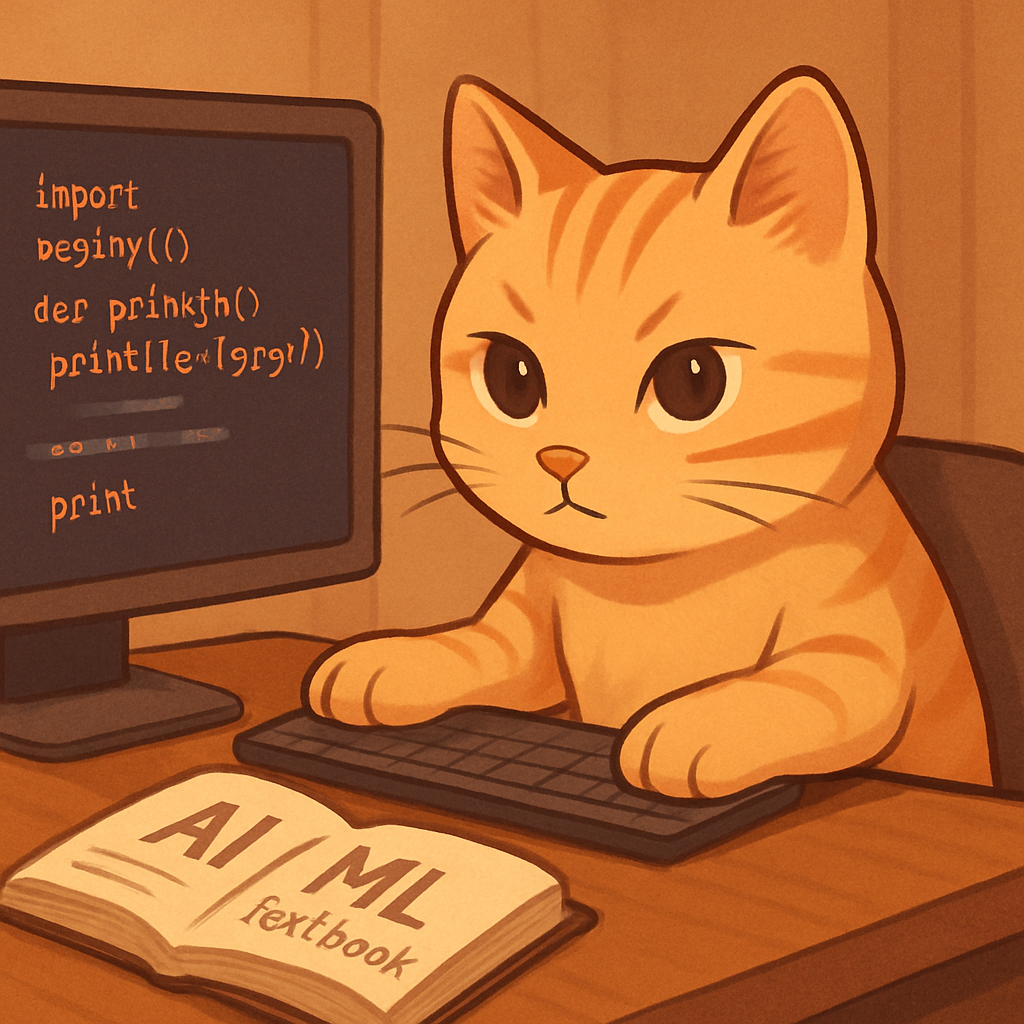Deploying LLM Services on a Minimal Server: Navigating the Constraints
Background
In today’s AI landscape, there’s a rising demand for engineers who can not only fine-tune large language models (LLMs) but also deploy and serve them in real-world applications.
However, as a student and an independent developer without corporate infrastructure or budget, deploying an LLM service feels nearly impossible.
Most job postings today expect hands-on experience in deploying AI applications — especially with LLM backends integrated into full-stack services.
The Challenge
Platforms like AWS or Azure are powerful, but their costs are prohibitive for individuals. Even Oracle Cloud Free Tier offers only:
- 1 OCPU, 1 GB RAM for the free instance
- No GPU
- Strict resource limits (network, storage, ports)
This means that deploying even a quantized LLM becomes a significant engineering challenge.
My Deployment Constraints
To operate within these constraints, I focused on three goals:
- Quantize and compress the LLM
- Keep the backend + DB + frontend stack minimal
- Run everything on a single Free Tier VM (Oracle)
My Strategy
1. Model Optimization
I used:
- TinyLlama, Phi-2 or other 1~2B parameter models
- 4-bit quantization with tools like
AutoGPTQorGGUF - Inference via CPU-based runtime (e.g. llama.cpp or vLLM on float16)
2. Minimal Architecture
- FastAPI backend
- SQLite or small PostgreSQL DB
- React frontend hosted on Vercel
- All server-side components deployed in Oracle’s free instance
This configuration made it just barely possible to serve LLM responses on demand.
What I Learned
- Real constraints teach real skills. Working within tight limits forced me to think deeply about memory, latency, and efficiency.
- Quantization isn’t just an optimization — it’s a necessity in low-resource environments.
- A small, working deployment proves more than a massive, unserved model.
I realized that my strength isn’t running the biggest model — it’s running an efficient one on zero budget.
Reflection
At first, I felt discouraged seeing companies ask for deployment experience while I had no access to paid servers. But that challenge became the catalyst for this learning process.
Now, I believe:
Showing that I served an optimized model on a constrained platform is more impressive than spinning up a 40GB GPU instance with someone else’s credit card.
Next Steps
- Share deployment architecture diagrams in future posts
- Measure actual performance (latency, memory) on Free Tier
- Prepare a GitHub repo to showcase this fully working LLM service
